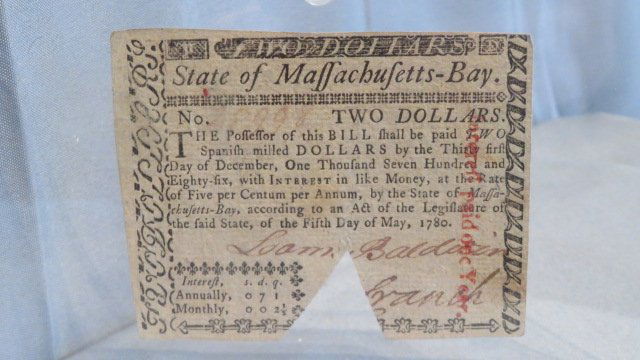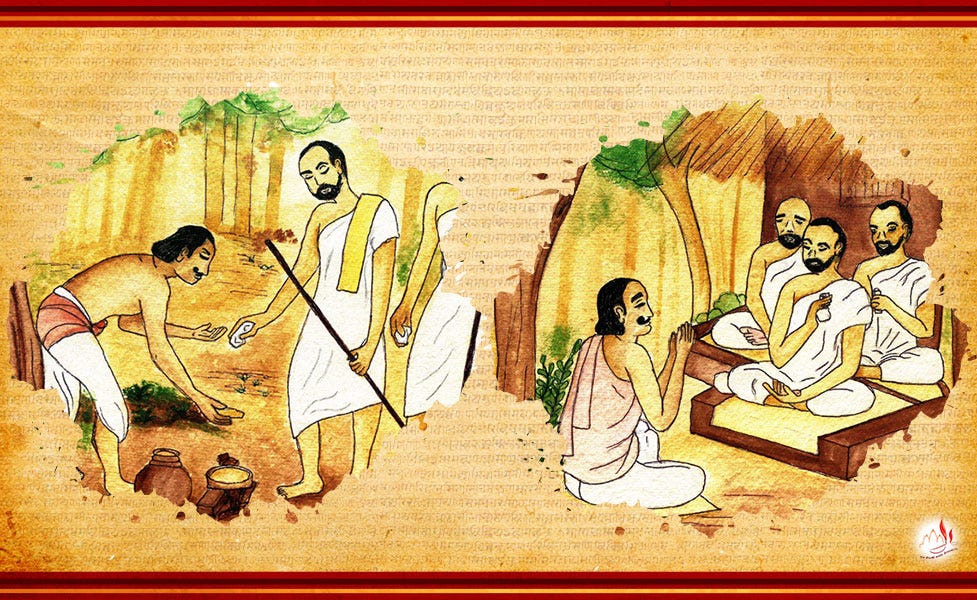The Hidden Rift: What Drove Jinnah, Besant, and Pal to Break with Congress?
The year 1920 marked a pivotal moment in India’s struggle for independence from British rule. The Indian National Congress, under the leadership of Mahatma Gandhi, launched the Non-Cooperation Movement as a response to British injustices, especially the Jallianwala Bagh massacre and the implementation of the Rowlatt Act. However, not all leaders within the Congress were supportive of this strategy. Annie Besant, Mohammad Ali Jinnah, and Bipin Chandra Pal emerged as prominent dissenters. Their departure from Congress’s dominant philosophy at the time signaled a significant ideological rift within the organization.
The Non-Cooperation Movement: A New Approach
The Non-Cooperation Movement, launched in September 1920, was Gandhi’s call for a nationwide boycott of British goods, educational institutions, legal services, and government employment. Gandhi’s vision was to lead India to freedom through a peaceful and non-violent rebellion by rejecting British authority in every sphere. The movement was popular among the masses, but it was also highly controversial.
Several senior leaders of the Congress, especially those who had believed in a more gradual constitutional approach to independence, felt deeply uncomfortable with Gandhi’s radical strategy.
The Voices of Dissent
Annie Besant: A Devotee of Constitutional Reforms
Annie Besant, an Irish theosophist, social reformer, and staunch supporter of Indian self-rule, played a significant role in shaping the political landscape of India before Gandhi’s rise. As the founder of the Home Rule League in 1916, Besant had campaigned vigorously for self-government, believing in constitutional reforms as the way forward. She was also briefly the president of the Indian National Congress in 1917, advocating for gradual autonomy.
However, Besant was firmly opposed to Gandhi’s Non-Cooperation Movement. She viewed it as a dangerous shift from constitutional methods to extra-legal defiance. In her eyes, it would result in anarchy and further repression from the British government. Besant criticized the movement as one that would undermine the very fabric of Indian society by promoting lawlessness, particularly in the face of an already authoritarian British regime. By 1920, Besant had largely distanced herself from Congress, frustrated by its endorsement of non-cooperation.
Mohammad Ali Jinnah: Advocate of Lawful Methods
Mohammad Ali Jinnah, a lawyer by profession and a member of the All India Muslim League, had long been a supporter of constitutional methods of achieving self-rule. He was initially sympathetic to the Congress’s cause and played an active role in the Lucknow Pact of 1916, which brought the Muslim League and Congress closer together. However, like Besant, Jinnah was deeply disturbed by Gandhi’s call for non-cooperation.
Jinnah believed in working within the constitutional framework to gain self-rule, relying on negotiations, political discourse, and legislative reforms. To him, the Non-Cooperation Movement was reckless and ill-conceived, jeopardizing the unity between Hindus and Muslims and threatening the rule of law. He was critical of Gandhi’s ability to mobilize the masses without considering the long-term consequences of mass agitation. In 1920, Jinnah famously resigned from the Indian National Congress, declaring that he would not support methods he deemed revolutionary and destructive.
Bipin Chandra Pal: Radical Nationalist, But Not a Gandhian
Bipin Chandra Pal, one of the Lal-Bal-Pal triumvirate of radical nationalists, had long been a fervent critic of British rule. However, Pal’s radicalism was different from Gandhi’s. Pal believed in assertive and direct political confrontation with the British but found Gandhi’s philosophy of non-violence and civil disobedience too simplistic.
Pal argued that India needed a comprehensive political program focused on industrial, educational, and economic reforms, rather than a reactionary boycott. He was disillusioned by what he saw as Gandhi’s over-reliance on religious symbols and mass movements, which, according to him, distracted from deeper issues like economic development and social progress. By 1920, Pal was effectively marginalized within Congress and chose to distance himself from its new direction under Gandhi.
The Aftermath: Fragmentation of Leadership
The opposition to the Non-Cooperation Movement by Besant, Jinnah, and Pal reflected the growing ideological divide within the Congress. The departure of these leaders did not stop the momentum of the movement, but it did signal a fracturing of unity within the broader Indian nationalist cause.
Besant’s Marginalization
After her break with Congress, Annie Besant focused more on her theosophical work and social reforms. She continued to advocate for Indian self-rule but from outside the Congress framework. Her influence on the political stage waned, and the Home Rule League lost much of its relevance as Gandhi’s Congress gained popularity among the masses.
Jinnah’s Path to the Muslim League
Mohammad Ali Jinnah’s disillusionment with the Congress led him to focus more on the interests of the Muslim community. While he remained a member of the Muslim League, his relationship with Congress deteriorated. This marked the beginning of a long road that would eventually lead Jinnah to advocate for a separate Muslim state, Pakistan, in 1940. His departure in 1920 symbolized a broader Muslim disengagement from Congress, sowing the seeds of communal politics in India.
Pal’s Isolation
Bipin Chandra Pal, once a towering figure in the nationalist movement, found himself increasingly sidelined. His critique of Gandhi’s methods left him alienated from both the moderate and extremist factions within Congress. While he continued to write and advocate for Indian independence, Pal’s influence on the political process diminished after 1920, and he remained largely on the periphery of the independence movement.
Legacy of the 1920 Split
The departure of these key leaders highlighted the inherent tensions within the Congress during the freedom struggle. While Gandhi’s Non-Cooperation Movement garnered widespread support, it also alienated many who were not comfortable with its methods or feared its consequences.
1. Polarization of Ideologies: The 1920 split marked the beginning of a more polarized political environment in India. Gandhi’s mass appeal brought millions into the struggle, but it also led to a narrowing of ideological diversity within the Congress.
2. Communal Tensions: The exit of Jinnah foreshadowed the eventual Muslim-Hindu divide. His concerns about communal unity under a mass movement centered on Hindu symbols were ignored at the time but proved to be prophetic.
3. Path Toward Constitutional vs. Extra-Legal Struggles: The debate between constitutionalism and extra-legal methods would continue to shape the Indian freedom struggle. Leaders like Jinnah and Besant remained committed to working within a legal framework, while Gandhi and his followers pursued non-violent resistance outside it.
Conclusion
The Non-Cooperation Movement, while a turning point in India’s fight for freedom, also marked a crucial moment of divergence. Annie Besant, Mohammad Ali Jinnah, and Bipin Chandra Pal’s opposition to the movement stemmed from their belief in constitutional, lawful methods. Their break from Congress showcased the complex ideological currents that defined India’s path to independence. The aftermath of their departures had long-lasting consequences, influencing communal politics, the role of mass movements, and the shape of the Indian freedom struggle for decades to come.



